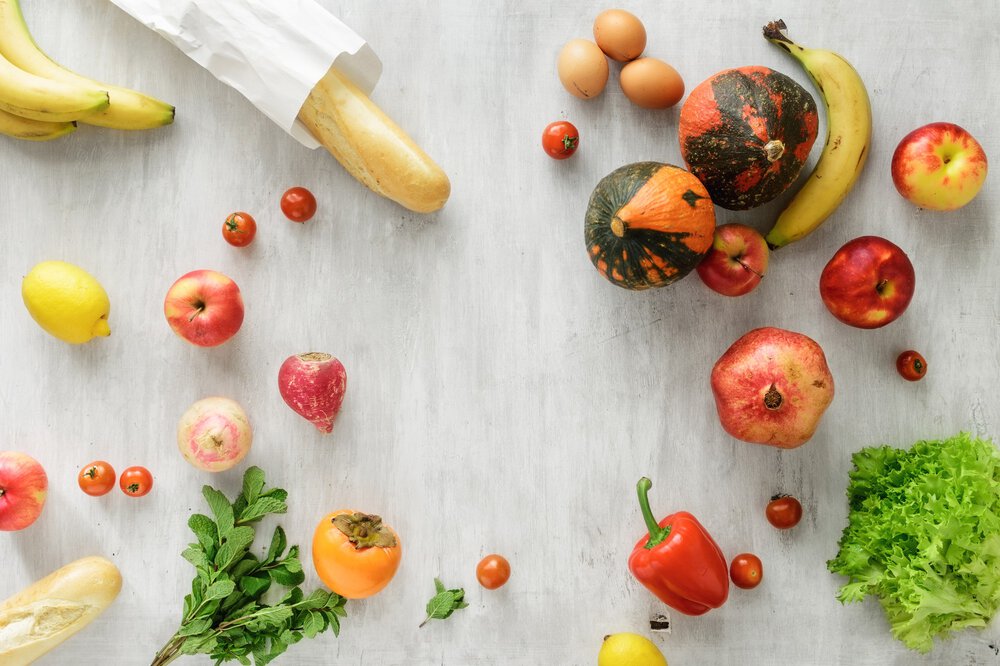Industrial food waste—make something of it!
The food industry is not only focusing on packaging: as part of a comprehensive circular, it also concentrates more intensively on waste and residual materials generated during food production.
The industrial production of food always produces by-products such as meat-and-bone meal and fats in meat processing, skim milk and whey in the dairy industry, and residues and peels in vegetable and potato processing. To the purposes of resource conservation and the circular economy, the industry established various recycling mechanisms a long time ago. According to the Federation of German Food and Drink Industries (BVE), animal feed manufacturers are among the important partners here. They for example use bran and low-grade flours from flour mills, dried pulp from sugar factories, whey products from dairies, or brewer grains from breweries. Another classic recycling route for residual materials from food production is energy generation in combustion processes or biogas plants.

Bioplastics from old bread
The many research institutions, industrial companies, and startups, however, are currently demonstrating that the opportunities for resource-conserving after uses and cycles are far from exhausted, as they search for further innovative applications. For example, for the up to 100,000 tons of old baked goods that are produced in Germany every year. According to the Fraunhofer Institute for Wood Research, Wilhelm-Klauditz-Institut WKI, so far these have mainly been burned. “Our research approach, however, is to extract the basic chemical hydroxymethylfurfural—HMF for short—and charcoal from stale bread or cake,” explains project leader Dr. Steven Eschig. HMF is a versatile raw material to produce bioplastics. “Converting regionally available old baked goods into high-quality biopolymers helps save fossil resources and transportation. The by-product is coal, which can be used as a biofuel or as soil fertilizer, making this material recycling even more attractive,” Eschig outlines.
Bioplastics were also among the target products of the international ValBio-3D project, which was completed in spring 2020. In this project, the scientists produced the macromolecule nanocellulose from sugarcane bagasse and pine sawdust, which can then be further processed into bioplastics suitable for 3-D printing. Or it can be used in the synthesis of binders for wood coatings.
Old food as a meat substitute
While the above-mentioned recycled products leave the food industry in the narrower sense, a joint project of Hamm-Lippstadt University of Applied Sciences and the companies Quh-Lab-Lebensmittelsicherheit and Oltmer Food Consulting aims to show that it is possible to produce an edible product from regional residual material, such as apple, onion, and carrot scraps. “We plan to use certain fungi to ferment fruit and vegetable waste, for example from juice production. Using ultraviolet light, a natural substance contained in fungi is converted into vitamin D2. In addition, microorganisms naturally enrich the product with vitamin B12, so we do not need to add artificial vitamins," describes project leader Prof. Dr. Thomas Kirner. The resulting protein and vitamin-rich vegan biomass can be processed into meat substitutes. The competitor product to the ecologically controversial soy is said to be able to compete with animal products in terms of taste, nutritional values, texture and “mouth feel.” This method has already been successfully tested in the laboratory; implementation on a production scale is now planned. The German Federal Environmental Foundation (DBU) funds the project with 425,000 euros.
